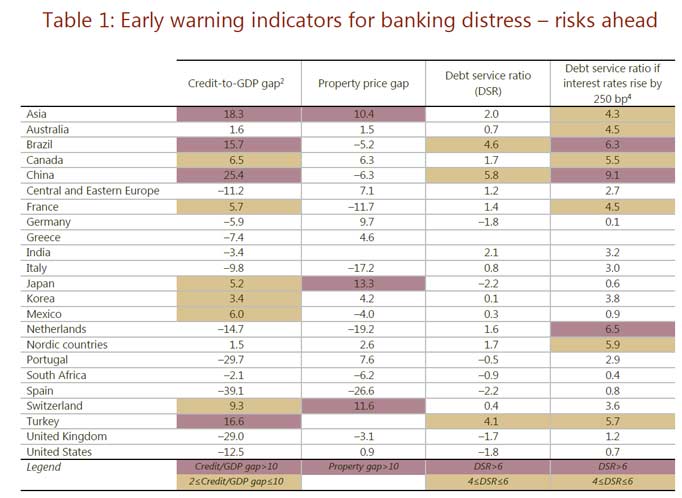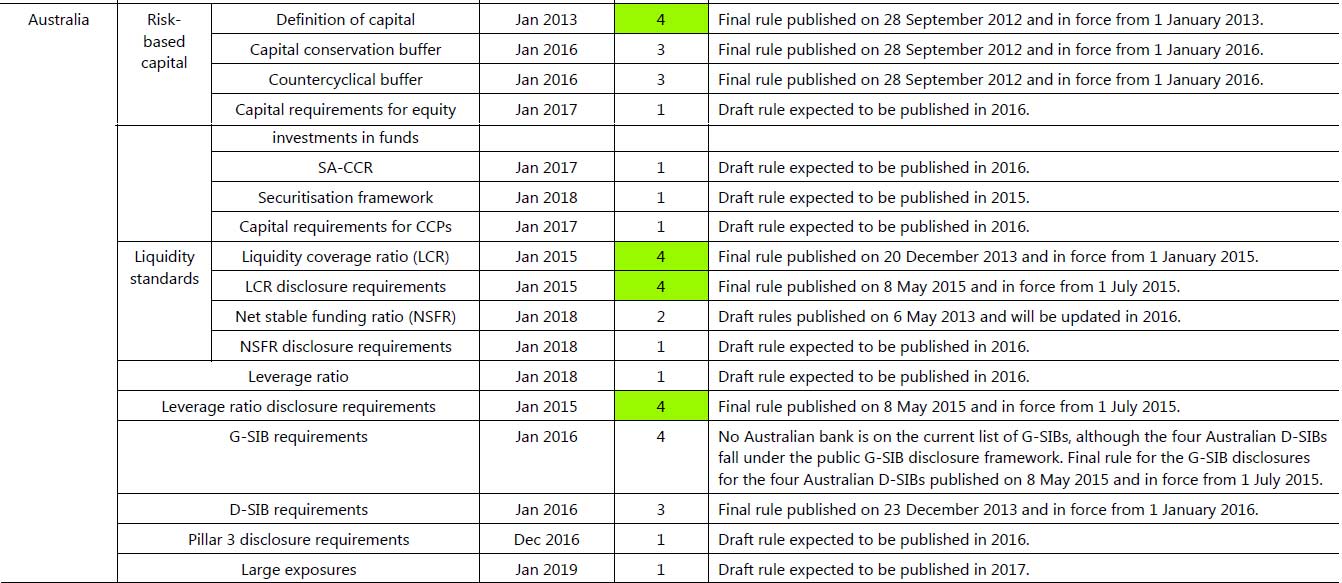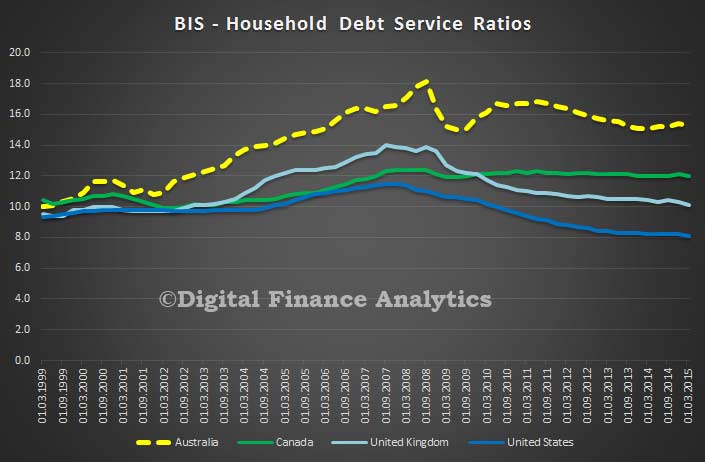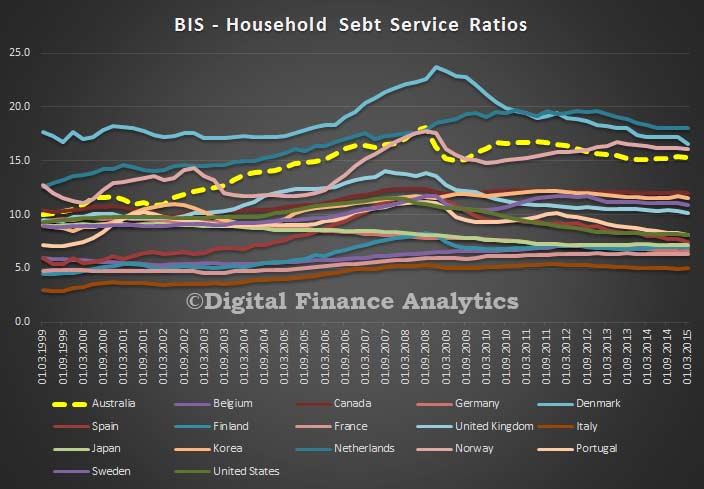The BIS Committee on Payments and Market Infrastructures just published a report on Digital currencies. New digital platforms have the potential to disrupt traditional payment mechanisms. Much of the innovation is emerging from non-bank sectors and in a devolved, decentralised, peer-to-peer mode, without connection to sovereign currencies or authority. So how should central banks respond?
One option is to consider using the technology itself to issue digital currencies. In a sense, central banks already issue “digital currency” in that reserve balances now only exist in electronic form and are liabilities of the central bank. The question is whether such digital liabilities should be issued using new technology and be made more widely available than at present. This raises a wide range of questions, including the impact on the payments system, the privacy of transactions, the impact on private sector innovation, the impact on deposits held at commercial banks, the impact on financial stability of making a risk-free digital asset more widely available, the impact on the transmission of monetary policy, the technology which would be deployed in such a system and the extent to which it could be decentralised, and what type of entities would exist in such a system and how they should be regulated. Within the central bank community, the Bank of Canada and the Bank of England have begun research into a number of these topics.
Overall, the report considers the possible implications of interest to central banks arising from these innovations. First, many of the risks that are relevant for e-money and other electronic payment instruments are also relevant for digital currencies as assets being used as a means of payment. Second, the development of distributed ledger technology is an innovation with potentially broad applications. Wider use of distributed ledgers by new entrants or incumbents could have implications extending beyond payments, including their possible adoption by some financial market infrastructures (FMIs), and more broadly by other networks in the financial system and the economy as a whole. Because of these considerations, it is recommended that central banks continue monitoring and analysing the implications of these developments, both in digital currencies and distributed ledger technology. DFA questions whether this “watch and monitor” response is a sufficient strategy.
Central banks typically take an interest in retail payments as part of their role in maintaining the stability and efficiency of the financial system and preserving confidence in their currencies. Innovations in retail payments can have important implications for safety and efficiency; accordingly, many central banks monitor these developments. The emergence of what are frequently referred to as “digital currencies” was noted in recent reports by the Committee on Payments and Market Infrastructures (CPMI) on innovations and non-banks in retail payments. A subgroup was formed within the CPMI Working Group on Retail Payments to undertake an analysis of such “currencies” and to prepare a report for the Committee.
The subgroup has identified three key aspects relating to the development of digital currencies. The first is the assets (such as bitcoins) featured in many digital currency schemes. These assets typically have some monetary characteristics (such as being used as a means of payment), but are not typically issued in or connected to a sovereign currency, are not a liability of any entity and are not backed by any authority. Furthermore, they have zero intrinsic value and, as a result, they derive value only from the belief that they might be exchanged for other goods or services, or a certain amount of sovereign currency, at a later point in time. The second key aspect is the way in which these digital currencies are transferred, typically via a built-in distributed ledger. This aspect can be viewed as the genuinely innovative element within digital currency schemes. The third aspect is the variety of third-party institutions, almost exclusively non-banks, which have been active in developing and operating digital currency and distributed ledger mechanisms. These three aspects characterise the types of digital currencies discussed in this report.
A range of factors are potentially relevant for the development and use of digital currencies and distributed ledgers. Similar to retail payment systems or payment instruments, network effects are important for digital currencies, and there are a range of features and issues that are likely to influence the extent to which these network effects may be realised. It has also been considered whether there may be gaps in traditional payment services that are or might be addressed by digital currency schemes. One potential source of advantage, for example, is that a digital currency has a global reach by design. Moreover, distributed ledgers may offer lower costs to end users compared with existing centralised arrangements for at least some types of transactions. Also relevant to the emergence of digital currency schemes are issues of security and trust, as regards the asset, the distributed ledger, and the entities offering intermediation services related to digital currencies.
Digital currencies and distributed ledgers are an innovation that could have a range of impacts on many areas, especially on payment systems and services. These impacts could include the disruption of existing business models and systems, as well as the emergence of new financial, economic and social interactions and linkages. Even if the current digital currency schemes do not persist, it is likely that other schemes based on the same underlying procedures and distributed ledger technology will continue to emerge and develop.
The asset aspect of digital currencies has some similarities with previous analysis carried out in other contexts (eg there is analytical work from the late 1990s on the development of e-money that could compete with central bank and commercial bank money). However, unlike traditional e-money, digital currencies are not a liability of an individual or institution, nor are they backed by an authority. Furthermore, they have zero intrinsic value and, as a result, they derive value only from the belief that they might be exchanged for other goods or services, or a certain amount of sovereign currency, at a later point in time. Accordingly, holders of digital currency may face substantially greater costs and losses associated with price and liquidity risk than holders of sovereign currency.
The genuinely innovative element seems to be the distributed ledger, especially in combination with digital currencies that are not tied to money denominated in any sovereign currency. The main innovation lies in the possibility of making peer-to-peer payments in a decentralised network in the absence of trust between the parties or in any other third party. Digital currencies and distributed ledgers are closely tied together in most schemes today, but this close integration is not strictly necessary, at least from a theoretical point of view.
This report describes a range of issues that affect digital currencies based on distributed ledgers. Some of these issues may work to limit the growth of these schemes, which could remain a niche product even in the long term. However, the arrangements also offer some interesting features from both demand side and supply side perspectives. These features may drive the development of the schemes and even lead to widespread acceptance if risks and other barriers are adequately addressed.
The emergence of distributed ledger technology could present a hypothetical challenge to central banks, not through replacing a central bank with some other kind of central body but mainly because it reduces the functions of a central body and, in an extreme case, may obviate the need for a central body entirely for certain functions. For example, settlement might no longer require a central ledger held by a central body if banks (or other entities) could agree on changes to a common ledger in a way that does not require a central record-keeper and allows each bank to hold a copy of the (distributed) common ledger. Similarly, in some extreme scenarios, the role of a central body that issues a sovereign currency could be diminished by protocols for issuing non-sovereign currencies that are not the liability of any central institution.
There are different ways in which these systems might develop: either in isolation, as an alternative to existing payment systems and schemes, or in combination with existing systems or providers. These approaches would have different implications, but both could have significant effects on retail payment services and potentially on FMIs. There could also be potential effects on monetary policy or financial stability. However, for any of these implications to materialise, a substantial increase in the use of digital currencies and/or distributed ledgers would need to take place. Central banks could consider – as a potential policy response to these developments – investigating the potential uses of distributed ledgers in payment systems or other types of FMIs.





